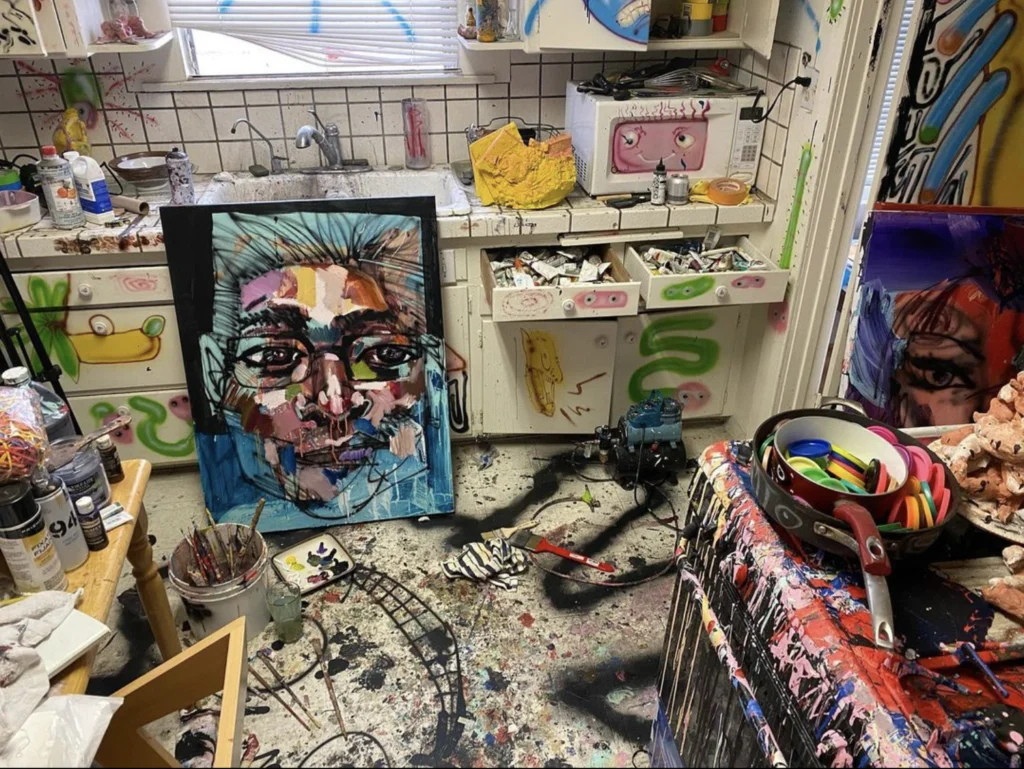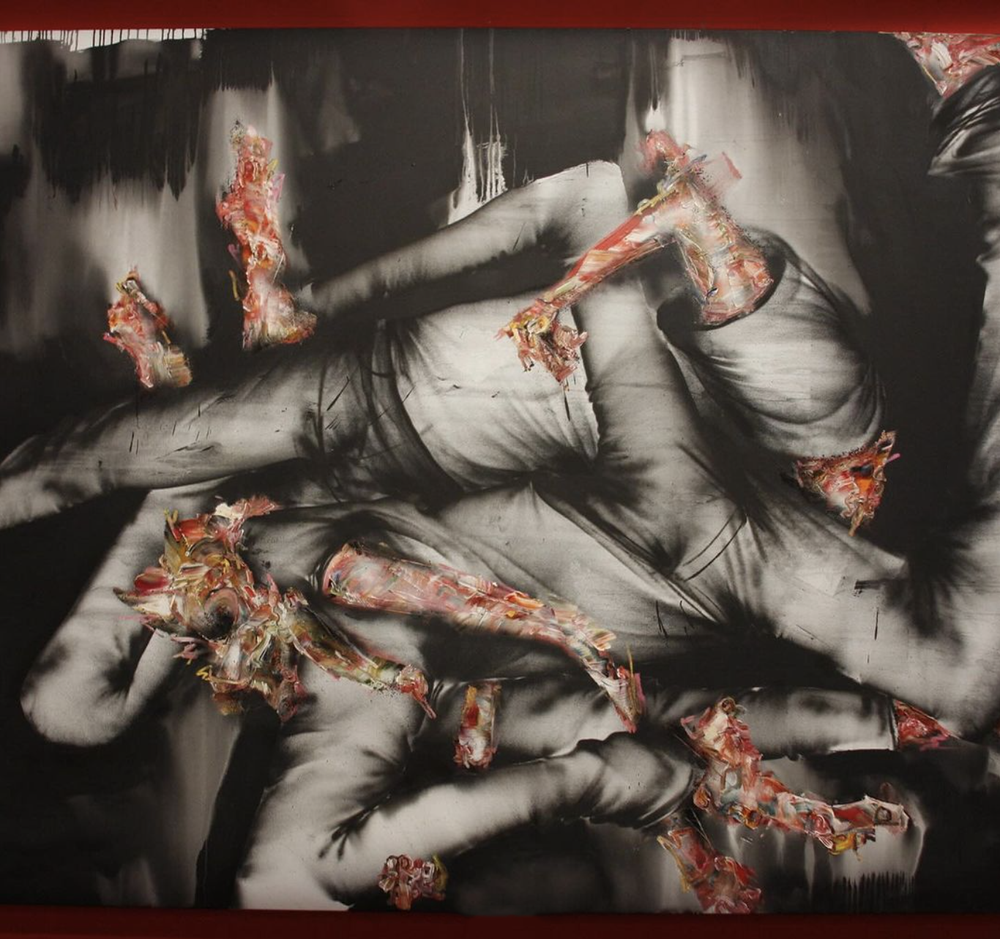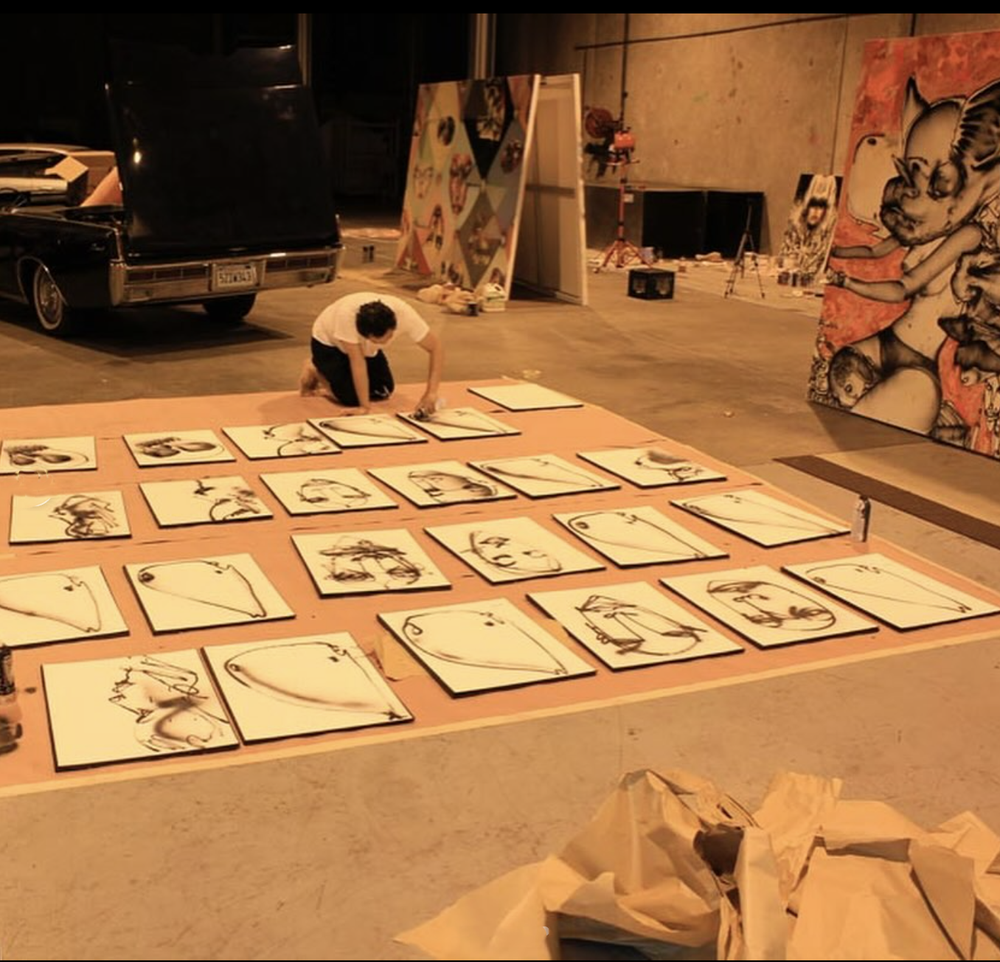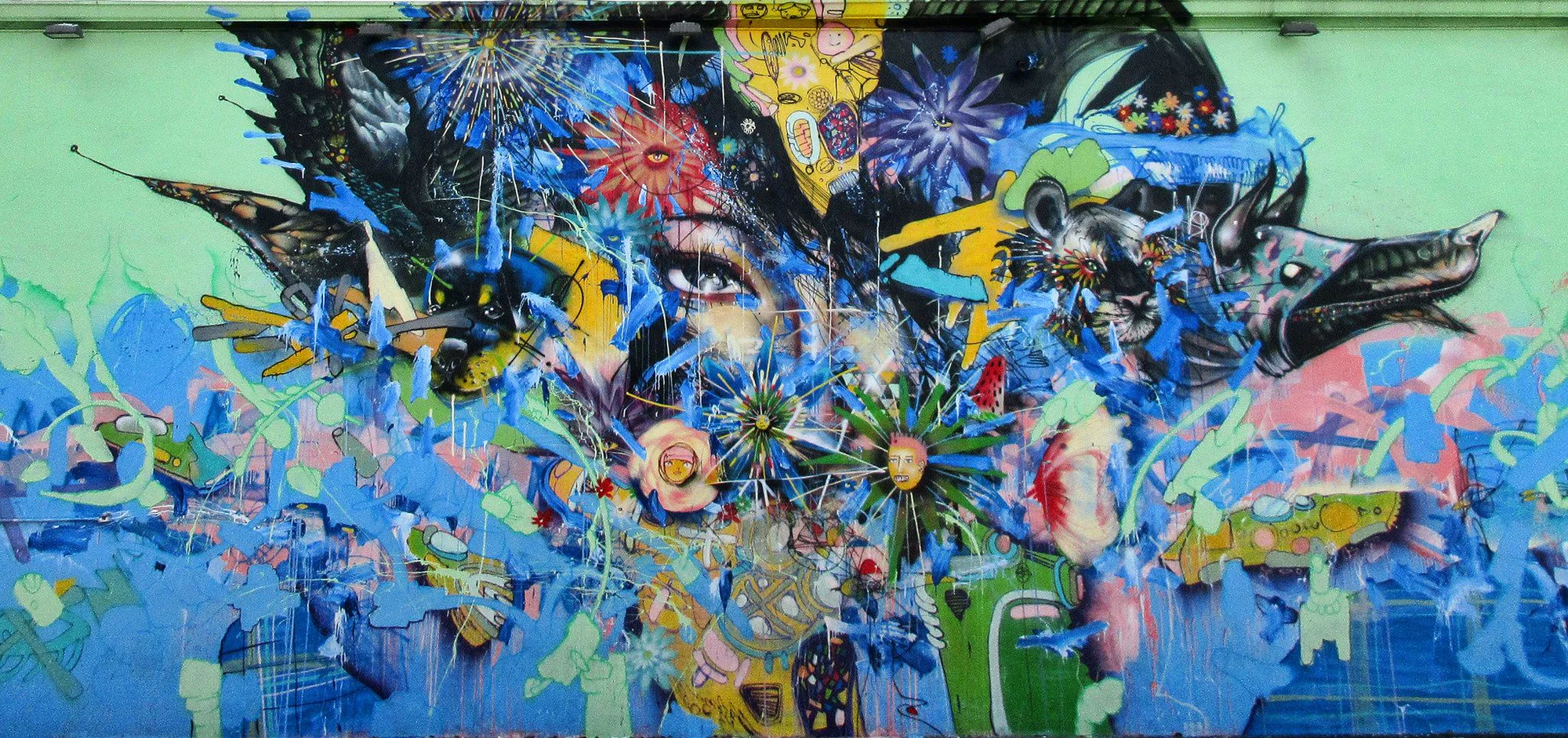20년 전쯤, 나는 아트센터에 다니고 있었다. 그 시절 내겐 매일이 도전이었고, 동시에 나의 정체성을 찾아가는 과정이었다. 그때쯤 아트센터를 막 졸업한 한 아티스트의 이름이 종종 들려왔다. 바로 데이비드 최(David Choe)였다.
그와 직접 만난 적은 없었지만, 그의 흔적은 분명히 남아 있었다. 거칠고 자유분방한 낙서 같은 그림들, 규칙에 얽매이지 않는 태도, 그리고 미술계의 전통적인 문법을 무시하는 파격적인 자세까지. 아트센터라는 엄격한 훈련의 장에서조차 그는 자기만의 언어를 만들어내고 있었다.
시간이 조금 지나, 그의 이름은 전혀 다른 맥락에서 들려왔다. 마크 주커버그의 오피스 벽에 그래피티를 해주고, 그 대가로 현금 대신 페이스북 주식을 받았다는 이야기였다. 그 선택 하나가 그를 하루아침에 상상할 수 없는 부의 세계로 이끌었다. 하지만 나에게 더 큰 울림을 준 것은 돈이 아니라, 그가 보상 방식을 선택한 태도였다. ‘돈보다 자유’, ‘즉흥 속에서 미래를 걸 수 있는 용기’, 이것이 그를 단순한 아티스트가 아닌 하나의 아이콘으로 만든 것이다.
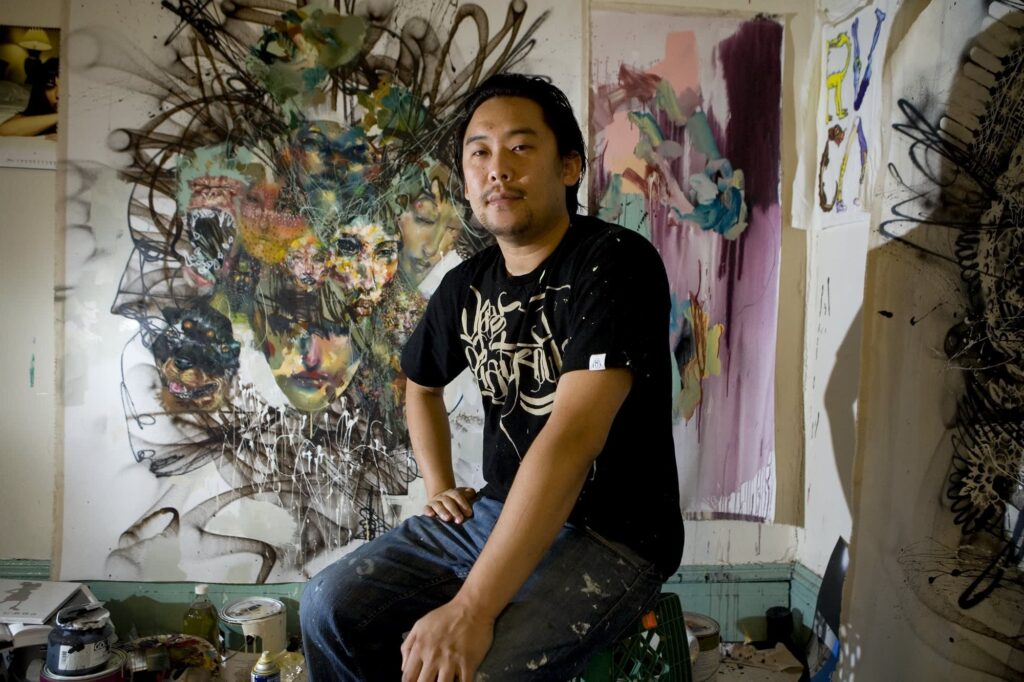
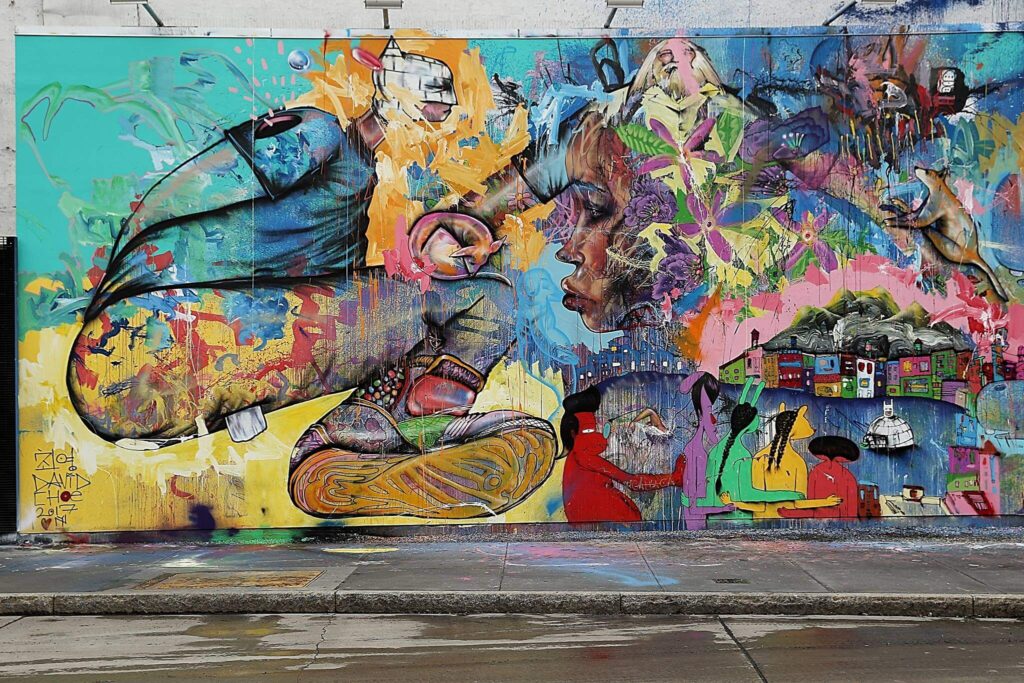
데이비드 최의 삶을 들여다보면, 예술가라기보다 모험가에 가깝다. 벽을 캔버스로, 도시를 놀이터로, 인생을 하나의 거대한 실험실로 삼는다. 그는 때로 거칠고, 때로 파괴적이며, 때로는 이해하기 어려운 인물이다. 하지만 그 모든 것 속에는 ‘자유롭게 살겠다’는 단순하고도 강렬한 의지가 흐른다.
돌아보면, 그의 존재는 내게 묘한 영향을 끼쳤다. 나 역시 아트센터 시절부터 지금까지 ‘안정적인 길’보다 ‘내가 하고 싶은 것’을 향해 발걸음을 옮겨왔다. 광고, 패션, 그리고 다양한 현장에서 쌓아온 경험의 밑바탕에는 ‘틀에 얽매이지 않는 창의성’에 대한 신뢰가 있었다. 어쩌면 데이비드 최라는 인물이 내 무의식 속에서 “그렇게 살아도 된다”는 신호를 보내주고 있었던 건 아닐까.
그는 여전히 논란이 많고, 종종 비주류적 선택을 하지만, 그럼에도 불구하고 하나는 분명하다. 그의 삶은 작품 그 자체라는 것. 그리고 그 삶은 내게도 자유와 창의성의 가치를 다시 묻는다. 예술이란 결국 잘 그리는 기술이 아니라, 어떻게 살 것인가의 문제이기 때문이다.
오늘도 나는 데이비드 최를 떠올린다. 그리고 내 삶의 작은 순간마다 스스로에게 묻는다. “나는 지금, 자유롭게 살고 있는가?

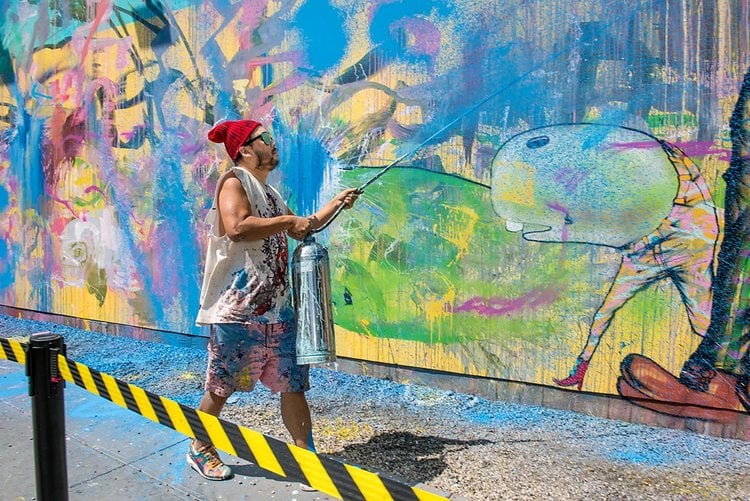
Brushstrokes Toward Freedom: David Choe and My Story
About 20 years ago, I was studying at ArtCenter. Those days were filled with challenges and also the process of searching for my identity. Around that time, I often heard the name of an artist who had just graduated from the school. That was David Choe.
I never met him in person, but his presence was undeniable. His raw and unrestrained doodle-like paintings, his disregard for rules, and his audacity to defy the traditional grammar of the art world—all of these left a trace. Even within the rigorous training ground of ArtCenter, he managed to carve out his own unique language.
A little later, his name came up again, but in a very different context. I heard the story of how he painted graffiti on Mark Zuckerberg’s office walls and, instead of taking cash, chose to receive Facebook stock as payment. That single decision catapulted him into unimaginable wealth almost overnight. Yet what struck me most was not the money, but the attitude behind his choice. “Freedom over money,” “the courage to bet on the future in a moment of spontaneity”—this is what made him more than just an artist; it made him an icon.
Looking at David Choe’s life, he resembles more of an adventurer than a conventional artist. He turns walls into canvases, cities into playgrounds, and life itself into a vast experimental lab. He can be rough, destructive, and at times hard to understand. But through it all runs a simple yet powerful determination: to live freely.
Looking back, his existence had a subtle influence on me. From my ArtCenter years until now, I too have often chosen what I wanted to do over the “safe path.” In advertising, fashion, and the various industries I’ve worked in, the foundation of my journey has always been a trust in creativity unbound by rules. Perhaps, unconsciously, David Choe was sending me a signal all along: “It’s okay to live this way.”
He is still surrounded by controversy and often makes unconventional choices, but one thing is clear—his life itself is his greatest artwork. And that life makes me reflect once again on the value of freedom and creativity. After all, art is not merely about technical skill; it’s about the question of how to live.
Even today, I think of David Choe. And in the small moments of my own life, I ask myself: “Am I living freely right now?”

